CS:GO in Source?
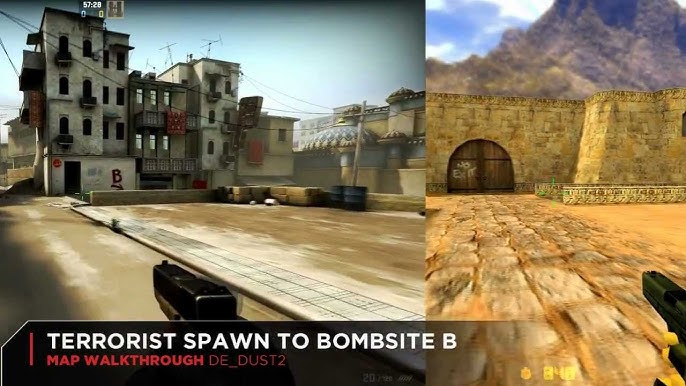
Hey everyone, Maphacks here. For those who don't know me, I've been kicking around the Counter-Strike: Source and Garry's Mod mapping scene for what feels like forever, mostly slinging out surf maps that push the Source engine to its absolute limit. So, when I heard about the "CS:GO Source" project – the attempt to recreate Counter-Strike: Global Offensive within the older Source engine – my interest was piqued, to say the least. It’s an ambitious project, and as someone intimately familiar with the engine's quirks, limitations, and potential, I wanted to break down what this undertaking really entails.
Let's be clear, porting CS:GO to Source is no small feat. The two games, while sharing a common ancestor, are built on significantly different iterations of the engine. Let's dive into the technical challenges and compromises that likely had to be made.
The Movement Conundrum
One of the most defining aspects of CS:GO is its movement. It feels fluid, responsive, and allows for techniques like air strafing and bhopping that are crucial for competitive play. Counter-Strike: Source, on the other hand, has a noticeably different feel. The acceleration values, air control, and overall physics are simply not the same.
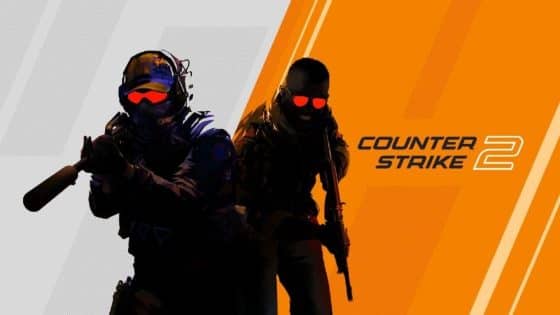
Replicating CS:GO's movement perfectly in Source is virtually impossible. To get close, the modders likely had to tweak various server variables related to acceleration, friction, and air control. They might have even implemented custom movement code using SourcePawn scripting. Even with these adjustments, limitations remain. Expect subtle differences in jump height, strafe efficiency, and the overall "floatiness" of the movement. It's a testament to the project’s dedication that they got as close as they did, but any long-time CS:GO player will feel the difference. This is how to recreate CS:GO movement in Source, but with limitations.
Weapon Mechanics: A Balancing Act
Just like movement, weapon mechanics are a core element of CS:GO's gameplay. Each weapon has its own recoil pattern, damage model, and effective range. Emulating this in Source requires a deep understanding of both games' weapon parameters.
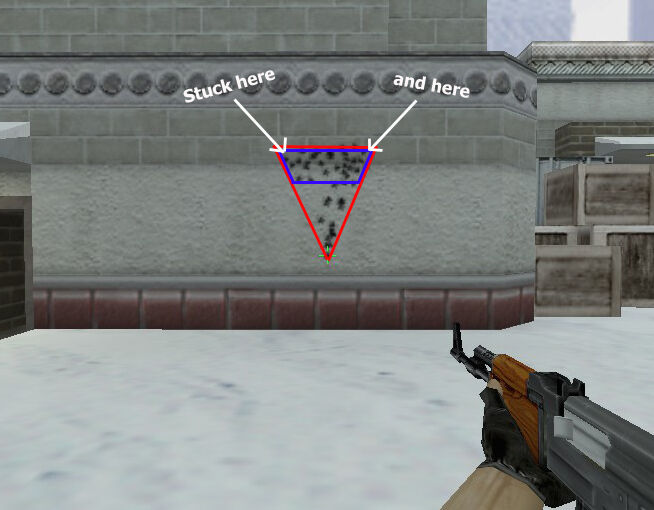
Think about the AK-47, for example. In CS:GO, mastering its recoil is crucial. The port would need to adjust the weapon's recoil angle, spread, and recovery time in Source to match the CS:GO version. The same goes for weapons like the M4A1-S and the AWP. Subtle differences in bullet spread patterns, damage falloff, and even weapon sounds can drastically alter the feel of a weapon. The developers likely handled differences using Source's scripting capabilities to modify weapon properties on the fly. However, accurately mimicking every nuance of CS:GO's arsenal in Source is an immense challenge.
Netcode: The Invisible Battlefield
Netcode is arguably the most critical and complex aspect of any online multiplayer game. It governs how player actions are transmitted, processed, and displayed on other clients. CS:GO boasts a higher tick rate (the number of updates the server sends per second) than Counter-Strike: Source. This translates to more responsive hit registration and a smoother overall experience.

Porting CS:GO's netcode to Source presents significant hurdles. The older engine's networking infrastructure is simply not as robust. The modders may have tried to optimize the netcode as much as possible, potentially using techniques like client-side prediction and lag compensation. However, the inherent limitations of the Source engine will likely result in a less precise and potentially laggy online experience compared to CS:GO. Expect discrepancies in hit registration and a feeling of "playing behind" at times.
Visual Fidelity and Optimization: Striking a Balance
CS:GO is a visually appealing game with detailed textures, realistic lighting, and high-poly models. The Source engine, while still capable, is showing its age in this department. Replicating CS:GO's visual style in Source requires significant compromises.
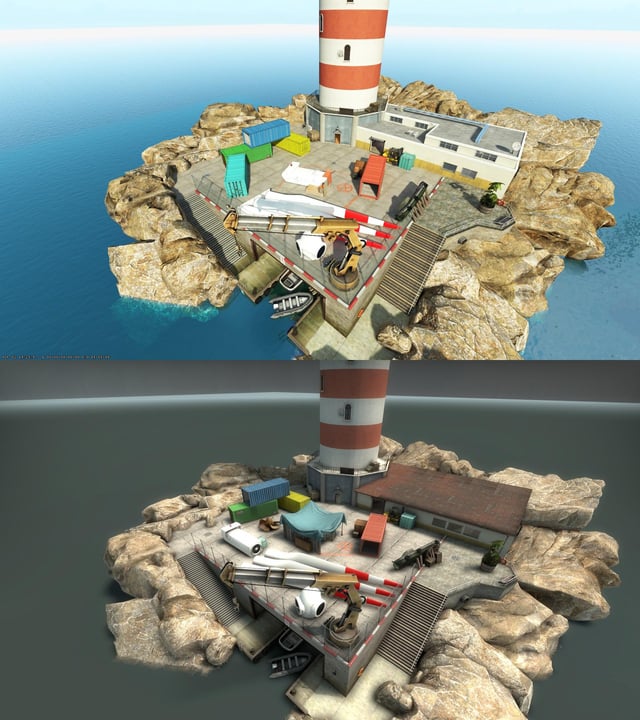
Texture quality will inevitably be lower, model detail will be reduced, and advanced lighting effects will need to be simplified or omitted entirely. The developers might have employed techniques like texture compression, model optimization, and simplified shaders to reduce the graphical overhead. Optimization is key to maintaining acceptable frame rates on a wider range of hardware. Lowering polygon counts is necessary to keep performance reasonable, as is simplifying the lighting.
Mapping Tools: Hammer Time, With Caveats
Creating maps for Counter-Strike: Source relies on the Hammer Editor, a powerful but somewhat dated tool. While it's perfectly capable of creating intricate and visually appealing maps, it lacks some of the features and refinements found in more modern mapping tools.

Recreating popular CS:GO maps like Mirage, Dust2, and Inferno in Hammer requires careful planning and a willingness to make compromises. Visual details might need to be simplified, and certain architectural features might need to be adjusted to fit within the engine's limitations. For example, complex curved surfaces might need to be approximated using multiple flat polygons. Textures will need to be re-authored or downscaled, and lighting effects will need to be carefully optimized to maintain performance.
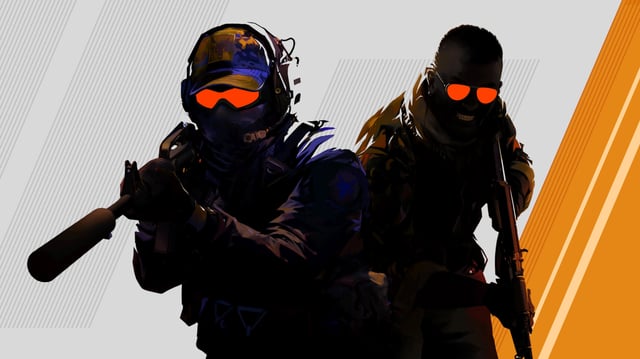
Legal and Ethical Considerations
It’s important to address the elephant in the room: the legal and ethical implications of porting copyrighted game content. Recreating CS:GO assets and gameplay mechanics without official authorization from Valve raises some serious questions. While the project might be intended as a non-profit tribute or a technical demonstration, it could potentially infringe on Valve's intellectual property rights. Distributing copyrighted assets without permission is generally illegal, and Valve could potentially take legal action to shut down the project. As with any modding project involving copyrighted material, it's essential to proceed with caution and be aware of the potential risks. Is recreating CS:GO in Source legal? Likely not.
Final Thoughts

The "CS:GO Source" project is a fascinating endeavor that showcases the dedication and skill of the modding community. While recreating CS:GO perfectly in Source is impossible due to the engine's limitations, the project offers a unique and nostalgic experience for fans of both games. It’s a testament to the enduring appeal of Counter-Strike and the versatility of the Source engine. Just remember to be mindful of the legal implications before diving in.
Now, if you'll excuse me, I've got some surf maps to optimize. And hey, if you're looking for custom CS: Source maps with a competitive edge, feel free to hit me up. I might even be convinced to try my hand at a "CS:GO Source" inspired creation… for a price, of course.
